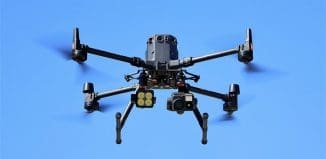Border Security Protects Us, Harms Animals
This post is also available in:  עברית (Hebrew)
עברית (Hebrew)
Borders and fences make it difficult for people to infiltrate areas – but they can’t entirely prevent it. The same borders, however, severely disrupt the lives of animals.

Homeland security defenses might be effective against people, but U.S. data shows that an effective system of defense can harm animals.
According to HLS News Wire security fences in national parks along the U.S.-Mexico border, designed to prevent infiltration by illegal immigrants and others, severely disrupt animal movement through the area – while being unable to prevent human infiltrators from crossing the border.
Researchers from Britain’s Bristol University have previously shown that national parks are vulnerable to pollution, illegal poaching, human trafficking and smuggling of drugs and goods. There are efforts to block access or getaway paths across these areas, which impeded the natural movement of animals there.
iHLS – Israel Homeland Security
Jamie McCallum, a Bristol University doctorate student and an associate in the London Zoological Society, researched the movements of people and animals across four park areas along the U.S.-Mexico border. He used a network of automatic cameras to count both two-legged and four-legged infiltrators, later comparing between situations in fenced and open areas.
According to his research common park animals such as pumas or coyotes were much more common in open areas, while artificial borders disrupted their movement. People, meanwhile, kept crossing the border in both closed and open areas – with very little difference between the two.































